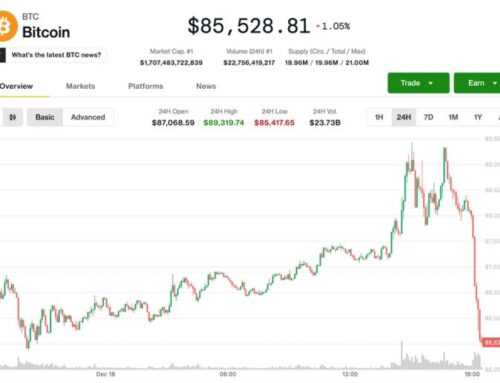Even as sales slow, cannabis taxes keep fueling Arizona higher education
April 19, 2025
As many Arizonans prepare to celebrate Easter this Sunday, the cannabis industry is preparing for its own holiday: April 20, or 4/20.
It’s the biggest sales day of the year for marijuana retailers—and one they’ve come to count on. But as the initial buzz around legalized marijuana begins to fade, businesses are adjusting to a more competitive market and evolving customer expectations.
At Sunday Goods, a dispensary in Phoenix, the team has been planning this year’s 4/20 campaign for three years.
“It is Easter Sunday. It is 4/20. We are Sunday Goods, so we put together this campaign we’ve been talking about for about three years now,” said Matt Daley, Sunday Goods Chief Growth Officer.
Daley says the cannabis holiday is a major opportunity to introduce new customers to their stores, but he also notes sales aren’t what they used to be when adult recreational use became legal a few years ago.
Prices have dropped as more dispensaries and distributors have come online, and recreational marijuana is no longer a novelty.
“The only way to really grow your business at that point is to take share from other dispensaries,” Daley explained. “And the way to do that is to serve your consumers’ needs as best as possible.”
After Arizona legalized recreational cannabis in 2021, tax revenue from adult-use marijuana climbed quickly, peaking in the following years. Since then, those numbers have declined some and leveled off—not a sharp drop, but a noticeable plateau.

Still, even with fluctuations in sales, cannabis taxes continue to make a big difference across the state.
Recreational marijuana comes with a 16% excise tax. Since legalization, Arizona has collected more than $314 million in tax revenue just from recerational-use sales. About a third of that money goes to support community colleges through Prop 207 funding.
Lindsey Wilson with the Maricopa County Community College District says that money—expected to total around $28 million last fiscal year—is specifically earmarked for workforce development and has made a difference.
“We are funded entirely by property taxes and the tuition we bring in,” Wilson said. “So we are grateful for any additional funding that we can receive that can just enhance and expand workforce programs like our bachelor’s degrees.”
That Prop 207 money has helped Maricopa colleges grow their offerings in high-demand fields like nursing, education, and IT.

“We serve over 140,000 students annually each year in Maricopa County, and 90% of those are Arizona residents,” Wilson explained. “To just put that in perspective, that’s more than every college and university in Arizona, and actually more than the public universities combined. So the impact of these dollars is right here in our backyard.
And even as cannabis sales show signs of softening, Wilson says the district is budgeting cautiously, with a reserve in place to prevent any disruptions to programs.
“While sales are trending slightly down, we conservatively estimate our budget and carry a reserve balance to ensure that we don’t feel these economic fluctuations,” she said.
So while cannabis sales may not be climbing the way they once were, the impact of 4/20 still goes far beyond the dispensary counter.
For those who choose to get high—it’s still helping fund higher education in Arizona.
Search
RECENT PRESS RELEASES
Related Post



